Search engine optimization, or SEO, is the backbone of any successful online presence. As we step into 2024, understanding and mastering an effective SEO strategy becomes more crucial than ever.
With digital landscapes evolving rapidly and user behavior shifting continuously, staying ahead of the curve can feel daunting. But fear not! Crafting a robust SEO strategy doesn’t have to be complicated.
In this blog post, we’ll explore actionable steps you can take to enhance your visibility on search engines. From identifying keywords that resonate with your audience to analyzing your competitors’ tactics, each section will guide you through creating an SEO blueprint tailored for today’s dynamic environment.
Whether you’re a seasoned marketer or just starting out in the digital space, these insights will empower you to elevate your online game in 2024 and beyond. Let’s dive into building an effective SEO strategy that drives real results!
Create a List of Keywords
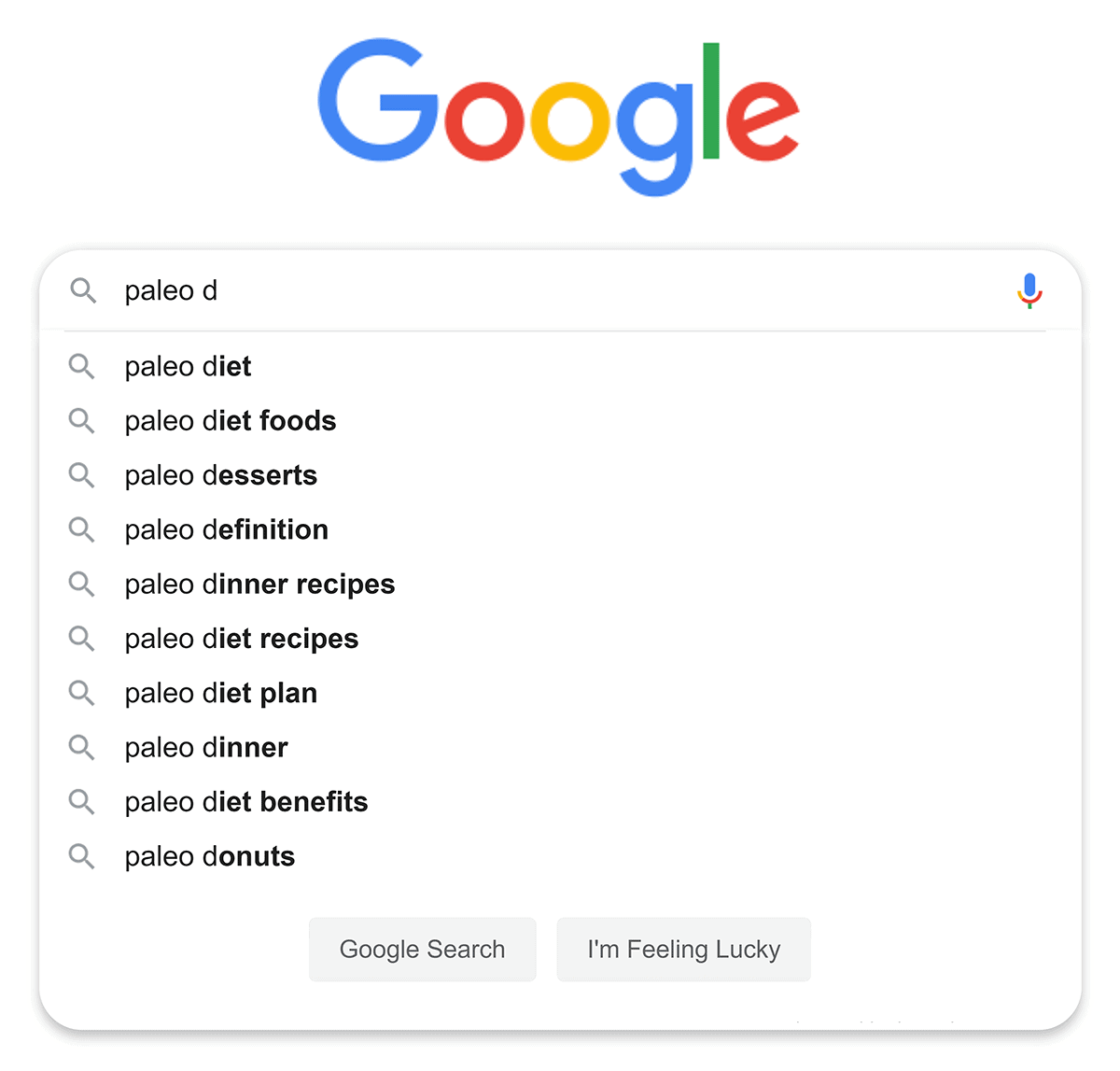
Creating a list of keywords is essential for a successful SEO strategy. Start by brainstorming terms related to your business or niche. Think about what your target audience would search for.
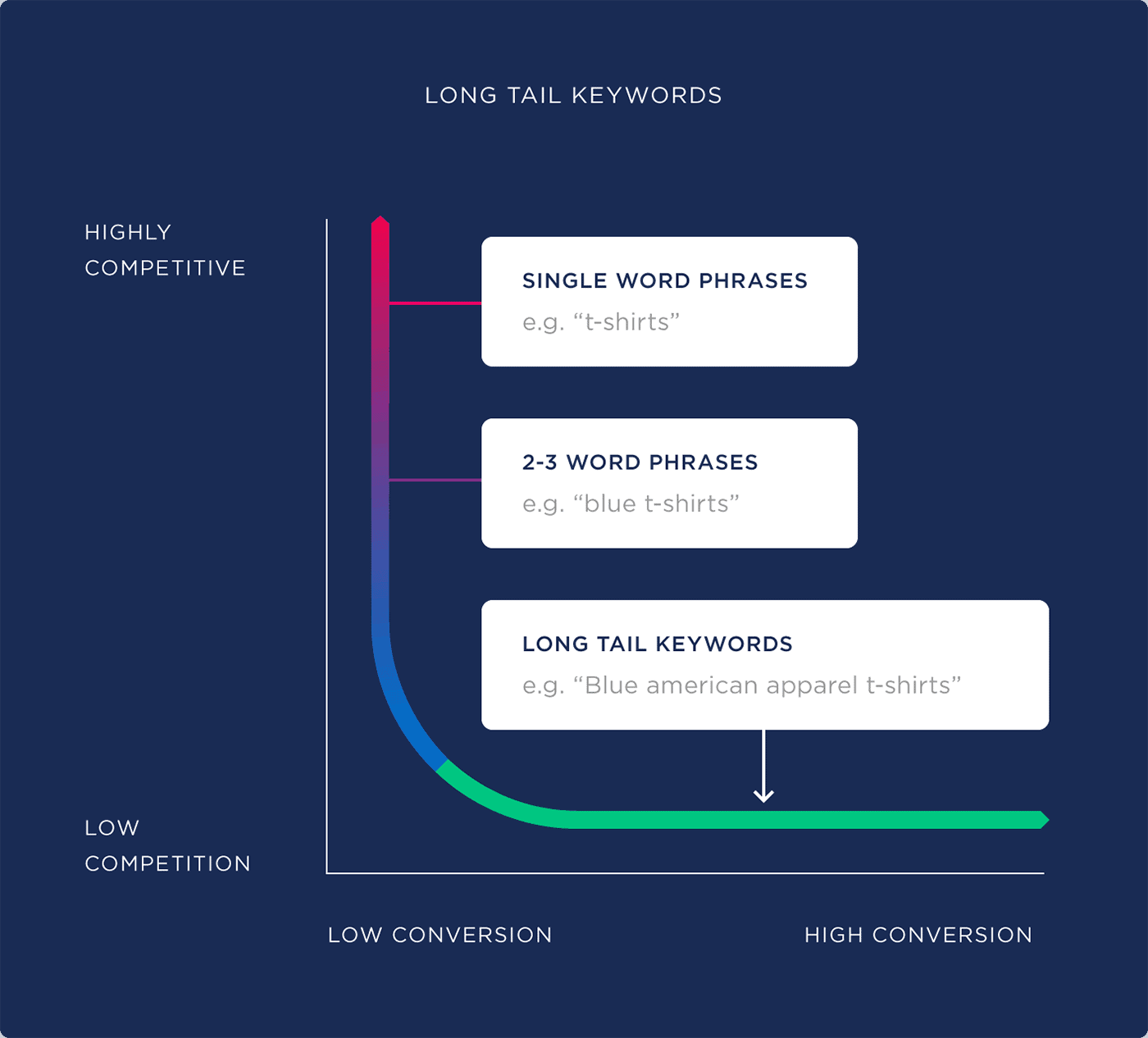
Use tools like Google Keyword Planner, Ahrefs, or SEMrush to expand your list. These platforms provide insights into search volume and competition levels.
Don’t forget long-tail keywords! They might have lower search volumes but often lead to higher conversion rates because they attract more qualified traffic.
Organize your keywords into categories based on intent—informational, navigational, and transactional. This will help you tailor content that speaks directly to user needs.
Regularly revisit and update this keyword list as trends shift over time. Staying relevant ensures that you’re always aligned with what potential customers are searching for in real-time.
Analyze Google’s First Page#
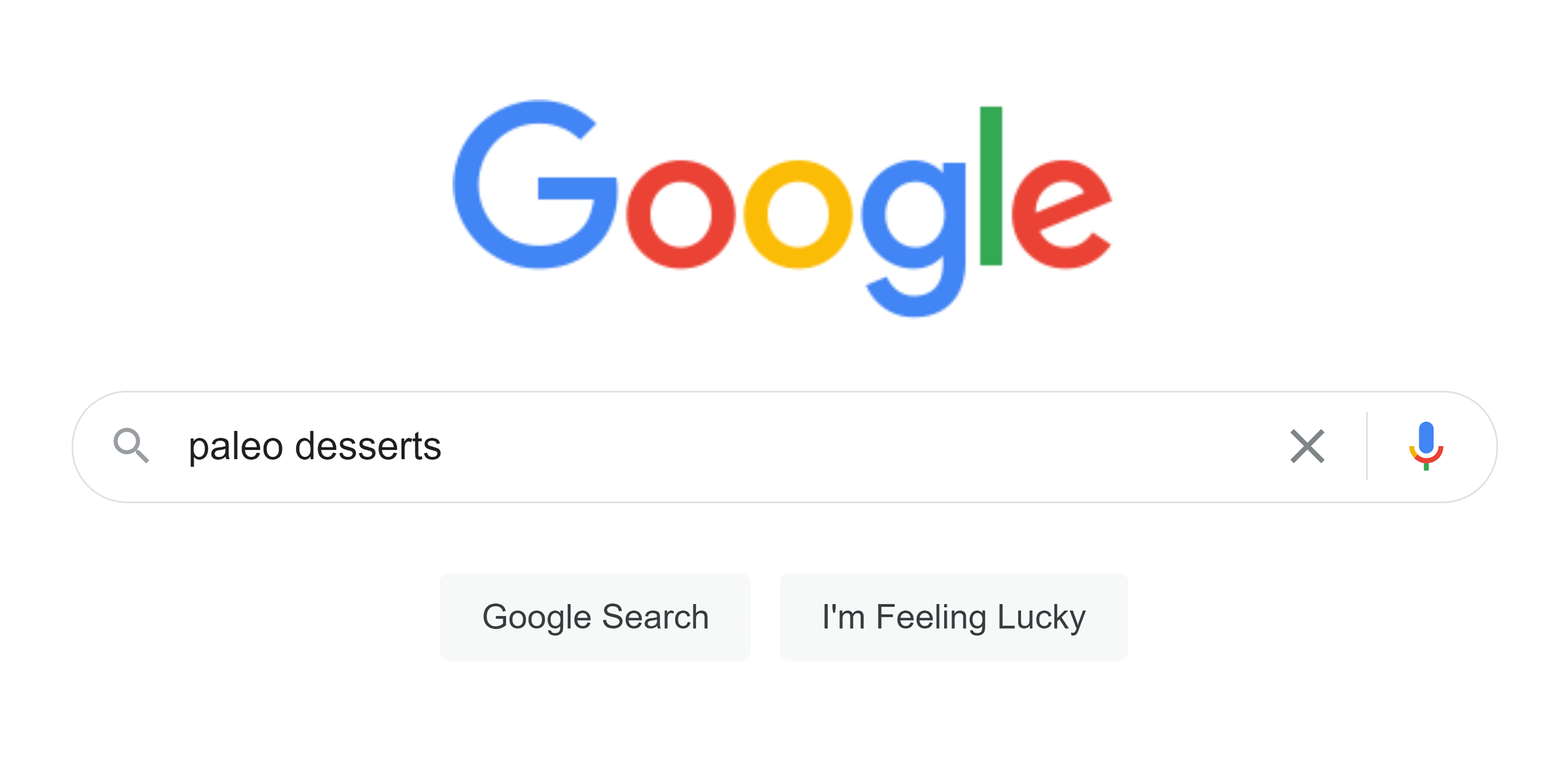
When crafting an effective SEO strategy, a critical step involves analyzing Google’s first page. This not only gives insights into what ranks but also why it ranks.
Start by examining the types of content that dominate search results for your target keywords. Look for patterns in titles, descriptions, and formats. Are they blog posts, videos, or infographics? Understanding this will help you tailor your content accordingly.
Next, pay attention to featured snippets and related questions that appear. These sections can reveal user intent and additional queries that your audience might have.
Take note of meta descriptions and how they are structured. Engaging snippets can increase click-through rates significantly. Learning from competitors who rank well is invaluable as you shape your own approach to creating compelling content aimed at securing a position on the coveted first page.
Identify Your Competitors

Identifying your competitors is a crucial step in crafting an effective SEO strategy. Start by searching for your target keywords and noting which websites consistently appear on the first page of Google. These are your primary competitors.
Look beyond just the top-ranking sites; consider niche players as well. They may have unique angles or specific content that resonates with certain audiences. Analyze their strengths and weaknesses to understand what you’re up against.
Tools like Ahrefs or SEMrush can provide valuable insights into their backlink profiles, keyword usage, and traffic sources. Use this information to identify gaps in their strategies that you can exploit.
Don’t forget to review their content quality and engagement metrics too. Understanding how they connect with users will help shape your own approach, ensuring you’re not just competing but standing out in a crowded market.
Create Something Different or Better
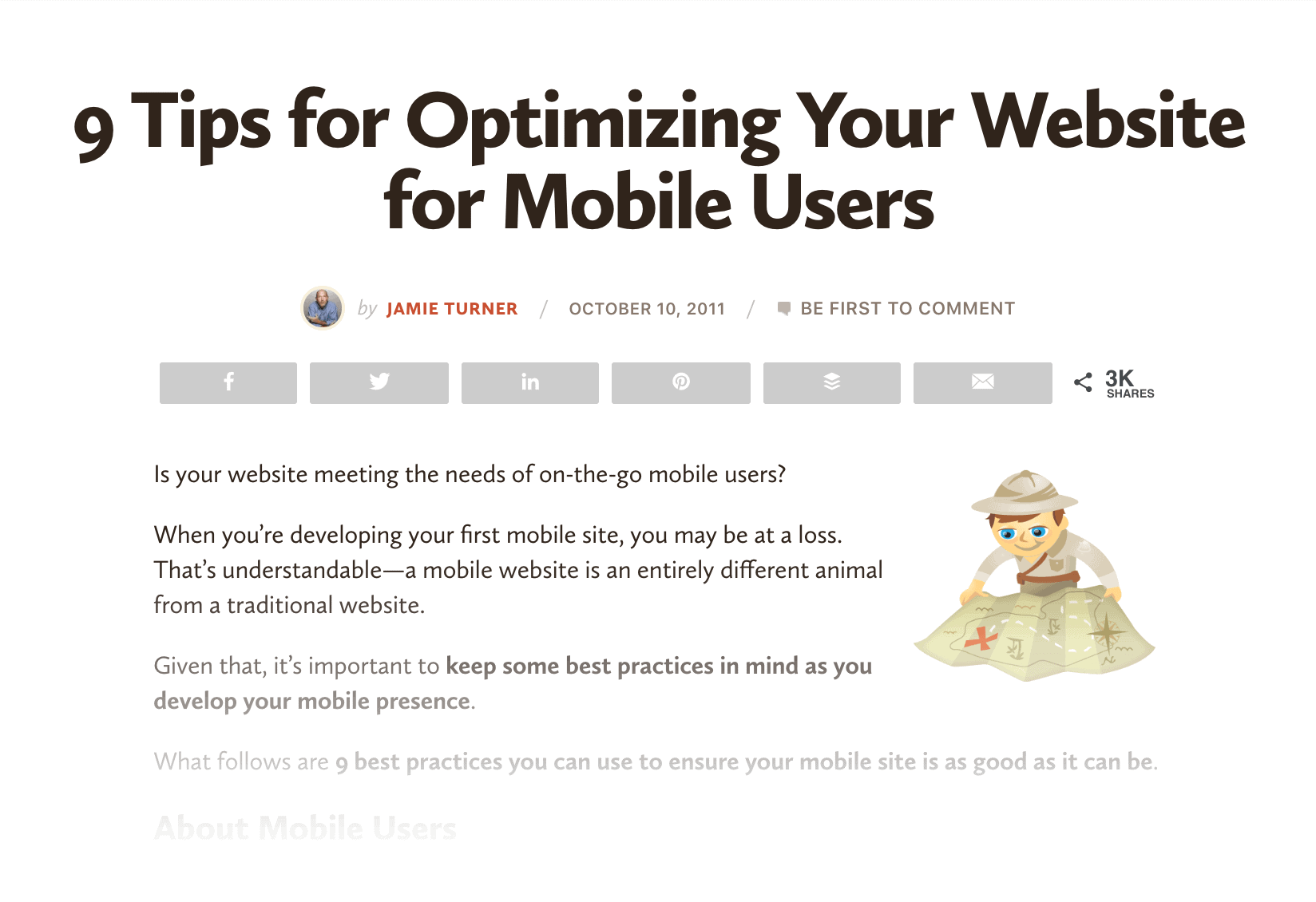
Creating something unique is at the heart of a successful SEO strategy. It’s not just about rehashing what’s already out there; it’s about innovation and fresh perspectives.
Dive deep into your niche. Look for gaps in existing content that you can fill. Maybe it’s an untold story or a new angle on a common topic.
Your audience craves authenticity and originality. They want insights that can’t be found elsewhere, so give them what they seek.
Consider incorporating interactive elements like quizzes or infographics to engage users visually while providing valuable information.
A well-crafted piece that’s different from competitors doesn’t just attract clicks—it fosters trust and encourages shares. This creates organic backlinks, which are vital for boosting search rankings.
Remember, standing out doesn’t mean being flashy; sometimes simplicity wins by offering clarity and value in ways others haven’t considered before.
Add a Hook

A captivating hook can make all the difference in your content’s success. It grabs attention and draws readers into your narrative. Think of it as the opening scene of a movie—if it’s dull, viewers will click away.
There are numerous ways to create that irresistible hook. Start with a compelling question or an intriguing statistic that resonates with your audience’s interests. This sparks curiosity right from the beginning.
Another effective approach is storytelling. Share a personal anecdote or a relatable scenario to establish an emotional connection with readers. When they see themselves in your story, they’re more likely to stay engaged.
Remember, originality matters here too. Avoid clichés and overused phrases; instead, strive for authenticity in every word you write. A well-crafted hook not only piques interest but sets the tone for valuable content ahead.
Optimize For On-Page SEO
On-page SEO is crucial for boosting your site’s visibility. It involves optimizing individual pages to rank higher and earn more relevant traffic.
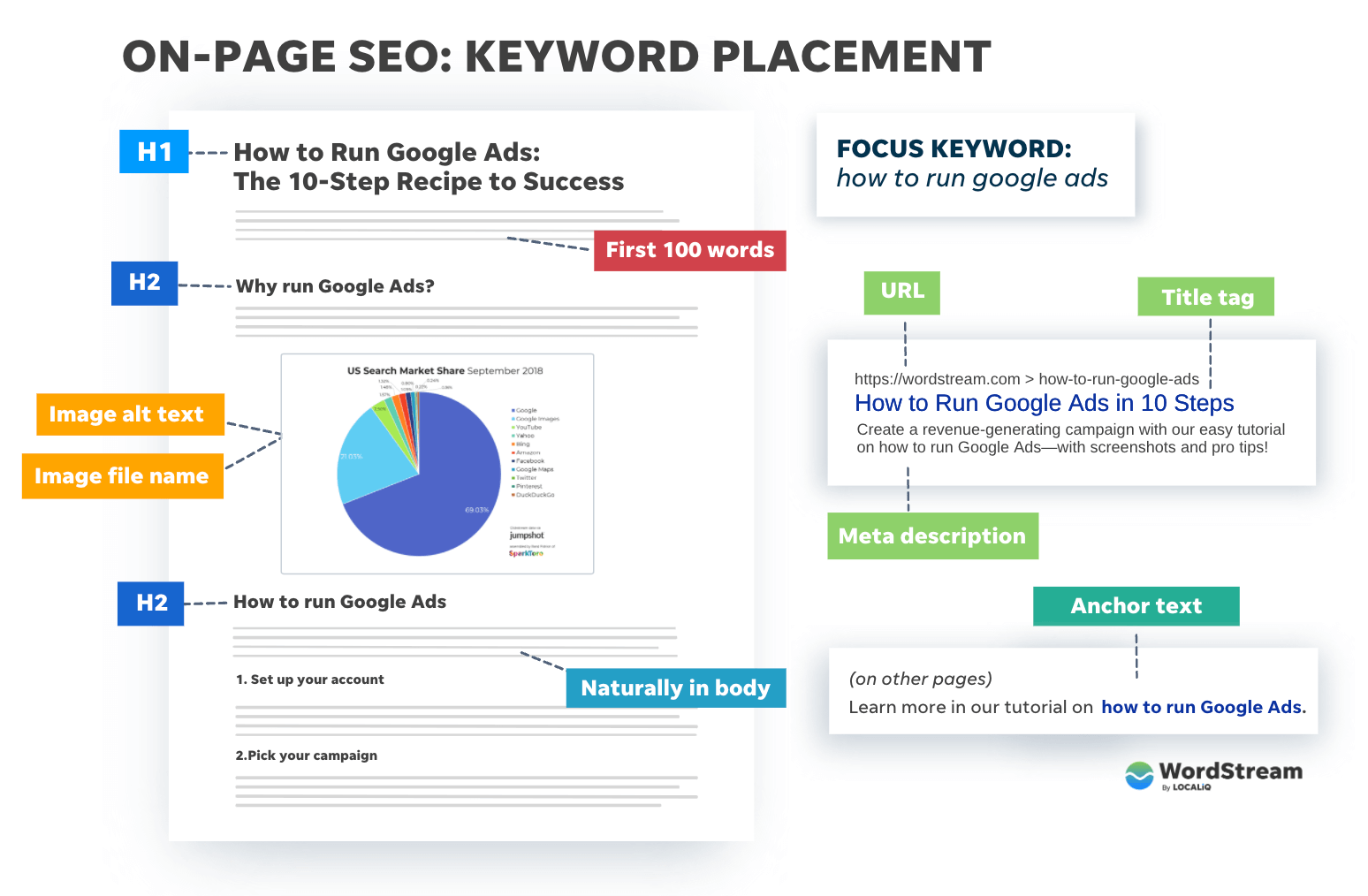 Start with title tags. They should include your target keyword while being catchy enough to draw clicks. Don’t overlook meta descriptions; they provide a brief summary that can entice users in search results.
Start with title tags. They should include your target keyword while being catchy enough to draw clicks. Don’t overlook meta descriptions; they provide a brief summary that can entice users in search results.
Headings are equally important. Use H1, H2, and H3 tags strategically to structure content clearly. This helps both readers and search engines understand the hierarchy of information.
Images shouldn’t be forgotten either. Optimize them by using descriptive file names and alt text containing keywords.
Ensure your site’s internal linking strategy is robust. Linking related articles improves navigation and encourages longer visits, signaling quality to search engines.
Optimize For Search Intent

Understanding search intent is crucial for crafting an effective SEO strategy. Users arrive at your content with specific goals, whether they’re seeking information, looking to make a purchase, or wanting to be entertained.
To optimize for search intent, start by analyzing the type of queries that lead users to your site. Are they informational? Navigational? Transactional? Each category requires a different approach in terms of content and engagement.
Once you know what users want, tailor your content accordingly. Provide clear answers for informational searches or product comparisons for transactional ones. This alignment not only enhances user satisfaction but also boosts your rankings on SERPs.
Moreover, remember that language matters. Use phrases and terminology that resonate with your audience’s expectations and understanding. By doing so, you’re more likely to capture their attention and fulfill their needs effectively.
Focus on Content Design
Content design is all about creating engaging and user-friendly experiences. It’s not just what you say but how you present it. The layout, visuals, and flow of your content play a crucial role in keeping readers interested.
Use headings and subheadings wisely to break up text. This helps guide the reader through your information effortlessly. Incorporate bullet points or numbered lists to highlight key takeaways without overwhelming them with large blocks of text.
Visual elements should complement your written content. Images, infographics, or videos can enhance understanding and retention while making the page more visually appealing.
Don’t forget about mobile users; ensure your design is responsive across devices. A well-structured page will encourage visitors to stay longer, reducing bounce rates and improving SEO performance over time.
Every detail matters when designing content that resonates with both users and search engines alike!
Build Links to Your Page

Building links to your page is essential for enhancing your SEO strategy. Quality backlinks signal to search engines that your content is credible and valuable.
Start by identifying reputable websites within your niche. Reach out with personalized messages, offering insights or collaboration opportunities. This can pave the way for natural link-building.
Guest blogging remains a powerful tool. Write informative articles for other platforms while including a link back to your site. Be sure you’re sharing content relevant to both audiences.
Engaging in social media can also boost visibility and lead to organic backlinks. Share compelling posts that encourage others to reference your work.
Don’t overlook local businesses or organizations; partnerships often result in mutual linking benefits, strengthening community ties as well as SEO potential. Each link adds authority, driving more traffic and improving rankings over time.
Improve and Update Your Content

Content is not set in stone. The digital landscape changes rapidly, and so do user preferences and search algorithms. Regularly revisiting your content can keep it relevant and valuable.
Look for ways to enhance existing articles or pages by adding new information, updating statistics, or refining language for clarity. Use analytics tools to gauge performance; if a piece is underperforming, consider what adjustments could make it more appealing.
Refreshing content also signals to search engines that you’re active and engaged with your audience’s needs. Make updating a consistent part of your SEO strategy. By doing this, you maintain authority in your niche while improving visibility on search engine results pages (SERPs).
A well-maintained website tells both visitors and search engines that you’re committed to providing the best experience possible. Stay proactive about improvements and updates – it’s an essential aspect of a robust SEO strategy moving forward into 2024.
Refine Your SEO Strategy
Getting a high ranking on Google requires a delicate balance.
As you focus on improving your position for one specific keyword, your rankings for other keywords may begin to decline.
This is the reason SEO efforts are never truly complete. Every SEO strategy should be part of a continuous cycle.
You must always be assessing your efforts. There are always chances to increase your visibility.
Think back to when you established your objectives and key performance indicators (KPIs).
It’s crucial to regularly monitor and report on these metrics to ensure you’re progressing towards achieving your objectives.
Monitoring these figures is straightforward with Semrush. Give it a try today.
A key aspect of refining your SEO strategy is diversifying your keywords. By incorporating a wide range of relevant keywords into your content, you increase the chances of ranking well for various search queries.
Incorporating diversified keywords not only helps improve your website’s visibility but also enables you to reach a broader audience and attract more organic traffic. By targeting a variety of keywords related to your products or services,
you can capture the attention of different segments of your target market and drive more qualified leads to your website. Additionally, diversifying your keywords can help you stay competitive in the ever-evolving landscape of search engine algorithms and user search behaviors.
Implementing a comprehensive keyword strategy involves conducting thorough research to identify high-performing keywords and long-tail keywords relevant to your industry. By analyzing search trends and understanding the intent behind different search queries,
you can tailor your content to resonate with your target audience effectively. Furthermore, regularly monitoring and optimizing your keyword usage based on performance metrics will ensure that your SEO efforts remain effective and aligned with your marketing goals.

